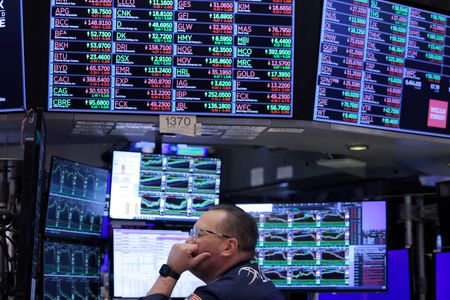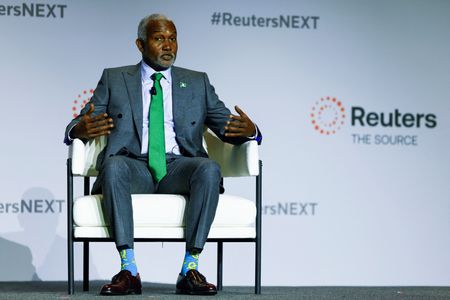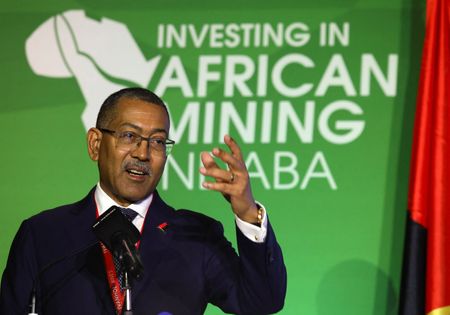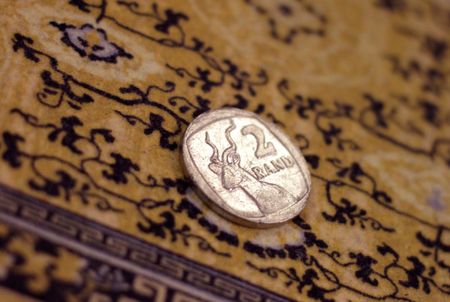By Nicole Jao
NEW YORK (Reuters) -Oil prices pushed higher for a second day on Wednesday, rising by about 2%, buoyed by growing U.S. energy consumption and hopes of progress for a U.S. trade deal with China and India.
Brent crude futures rose $1.29, or 2.1%, to $62.61 a barrel by 11:09 a.m. EDT (1509 GMT), while U.S. West Texas Intermediate crude futures climbed $1.34, or 2.34%, to $58.58.
U.S. crude oil inventories fell during the week ended October 17, the Energy Information Administration said on Wednesday. [EIA/S]
Crude stocks fell by 961,000 barrels to 422.8 million barrels last week, compared with analysts’ expectations in a Reuters poll for a 1.2 million-barrel rise.
“Very impressive for shoulder season,” said Phil Flynn, senior analyst with Price Futures Group. “It shows the demand side of the equation of oil is robust, and the supply numbers are not suggesting this oil glut, at least here in the U.S..”
Investors were also closely watching the progress of U.S.-China trade talks as officials from both countries are set to meet this week in Malaysia.
U.S. President Donald Trump said on Monday he expected to work out a fair trade deal with Chinese President Xi Jinping, whom he was due to meet in South Korea next week. On Tuesday, however, Trump again added to uncertainty over the meeting, saying it might not happen.
Meanwhile, supply concerns flared on news that a summit between Trump and Russian President Vladimir Putin had been put on hold, and on disruption fears as Western governments pressured Asian buyers to reduce their purchases of Russian oil.
Trump said he spoke with Indian Prime Minister Narendra Modi on Tuesday, adding that Modi assured him India would be limiting its oil purchases from Russia.
“Oil prices climbed after reports suggested the U.S. and India are close to finalising a trade deal that could see India gradually cut imports of Russian crude, potentially lifting demand for other grades,” MUFG analyst Soojin Kim said.
India’s Mint newspaper reported on Wednesday that the two countries were nearing a long-stalled trade agreement that would reduce U.S. tariffs on Indian imports to 15-16% from 50%.
(Additinoal reporting by Ahmad Ghaddar in London, Siyi Liu, Jeslyn Lerh and Florence Tan in Singapore; Editing by Elaine Hardcastle, Kirsten Donovan)










